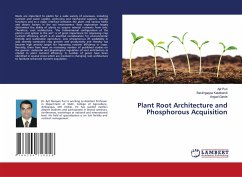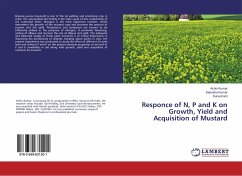Roots are important to plants for a wide variety of processes, including nutrient and water uptake, anchoring and mechanical support, storage functions and as a major interface between the plant and various biotic and abiotic factors in the soil environment. Root exploration largely determines the ability of plants to acquire mineral nutrients from soils. Therefore, root architecture, "the 3-dimensional configuration of the plant's root system in the soil", is of great importance for improving crop nutrient efficiency, which is an essential consideration for environmental friendly and sustainable agriculture. Low phosphorous (P) availability in soils severely constrains crop growth and productivity and thereby has become high priority target for improving nutrient efficiency in crops. Recently, there have been an increasing number of published studies on the genetic, molecular and physiological regulation of root architecture as related to plant nutrient efficiency. A number of genes have been identified in several crops which are involved in changing root architecture to facilitate enhanced nutrient acquisition.
Bitte wählen Sie Ihr Anliegen aus.
Rechnungen
Retourenschein anfordern
Bestellstatus
Storno








